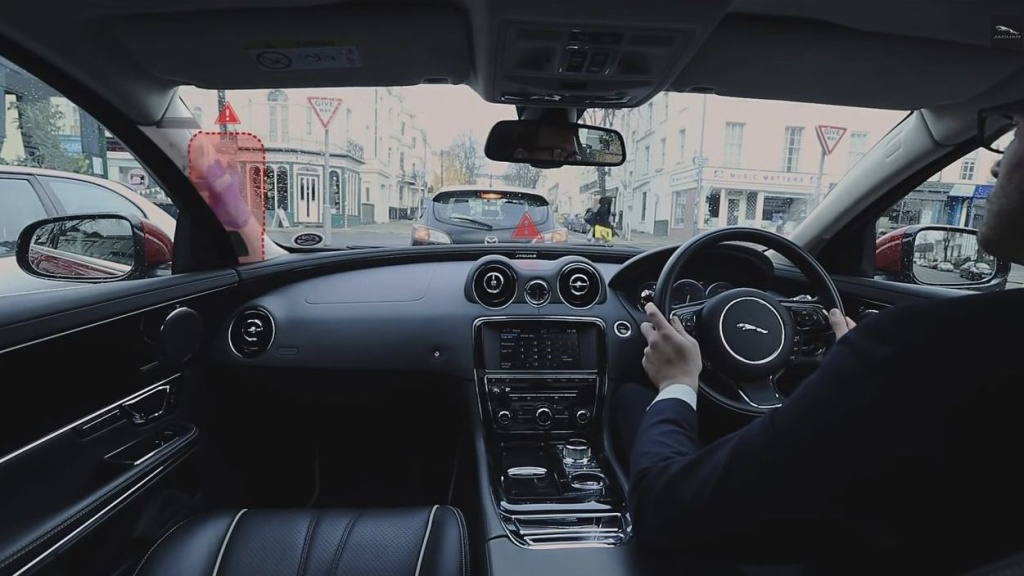Augmented reality (AR), or computer-mediated reality, is the enrichment of human sensory perception by means of information, generally manipulated and conveyed electronically, which would not be perceptible with the five senses. The elements that increase perception can be added through a mobile device, such as a smartphone, with the use of a PC equipped with a webcam or other sensors, with vision devices (e.g., projection glasses on the retina), listening (earphones) and manipulation (gloves) that add multimedia information to the reality already normally perceived. The additional information may actually also consist in a decrease in the amount of information normally perceived by the senses, again in order to present a situation that is clearer or more useful or more amusing.
The global augmented reality (AR) market was worth nearly $ 7 billion in 2020, and the market is expected to grow by more than 35% by 2030.
As for the automotive sector, augmented reality brings new opportunities at every stage of the process chain. It helps with production and inventory, assists technicians with vehicle maintenance and upgrades systems for a better driving experience.
New safety standards and an ever-increasing demand for comfort and luxury are driving the automotive market. Industry 4.0 also requires sustainability and consideration of future impact. For these reasons, vehicles are becoming more complex and sophisticated year after year. Modern cars incorporate multiple cameras, dozens of sensors, microprocessors, and about 100 million lines of code. Cloud-connected infotainment systems make today’s vehicles technological marvels on wheels.
Augmented reality improves navigation and infotainment systems , as well as vehicle safety. For example, it provides assisted dashboards, road signs visibly highlighted in real time, warnings of accidents, pedestrians, potholes helping the pilot in night conditions or when adverse weather conditions reduce visibility. As a result, drivers get immediate information about their surroundings and road conditions.
A further element that has accelerated the application of AR in the automotive sector is COVID-19 since consumers are understandably wary of interacting with shared surfaces, therefore, in the context of car sharing there will be a greater demand for systems that allow users to interact without coming into physical contact with the controls. In semi-autonomous vehicles, vehicle occupants, especially the driver, will have more time to devote to tasks other than driving the car. Under these circumstances, drivers and passengers will be able to interact with in-vehicle entertainment systems via AR without constantly being aware of their surroundings.
Furthermore, augmented reality improves manufacturing and inspection operations in the factory. AR space applications help designers match various design options to physical vehicle models. Technicians can receive documentation and instructions in their AR glasses without being distracted. AR-guided part localization helps warehouse employees become faster and more efficient.
AR is also useful for vehicle maintenance. Instead of a monotonous manual search, technical operators can use AR devices to identify machines and equipment in need of service by simply checking their data and history.
Training of workers with AR is another powerful advantage. Augmented reality coupled with digital twin technology can introduce virtual clones of physical assets, which help automate the training process in manufacturing. These digital models facilitate the training process: employees can see internal components to learn how to repair and repair vehicles. One example is an iPad training app created by Jaguar Land Rover in collaboration with Bosch. Porsche is also already using AR glasses to access a 40% reduction in service resolution times. With these glasses, technicians can see a vehicle’s schematics overlaid on the physical parts of the car, for a better understanding of how everything works.
Augmented reality also has the ability to improve the customer experience in showrooms by helping salespeople showcase the car’s features. Major car dealerships and carmakers can offer their customers the opportunity to peek inside a car using an AR app or enter a vehicle with a VR headset – all without the vehicle being present. The technology allows for the visualization of a lot of overlapping information, such as internal and external parts, performance, weight and financing. You can present this data interactively and keep it updated on the go.
Virtual car simulations can offer customers the experience of driving a real car in a virtual landscape, providing detailed information on everything from gears, navigation and integrated screens.
Finally, through augmented reality, a consumer could even get remote help to solve a common car problem right at home.
In conclusion, AR applications appear to remain, spread and evolve in the automotive industry. The global automotive augmented reality market is projected to reach $ 10 billion in 2026.
References

